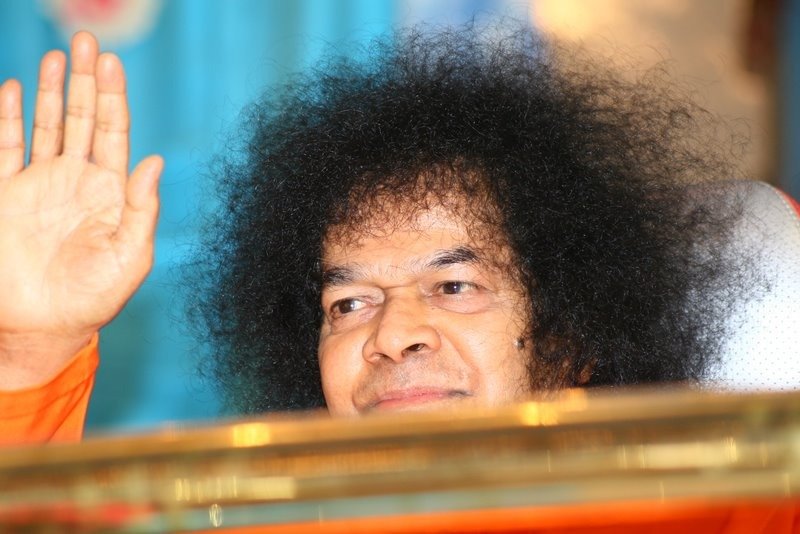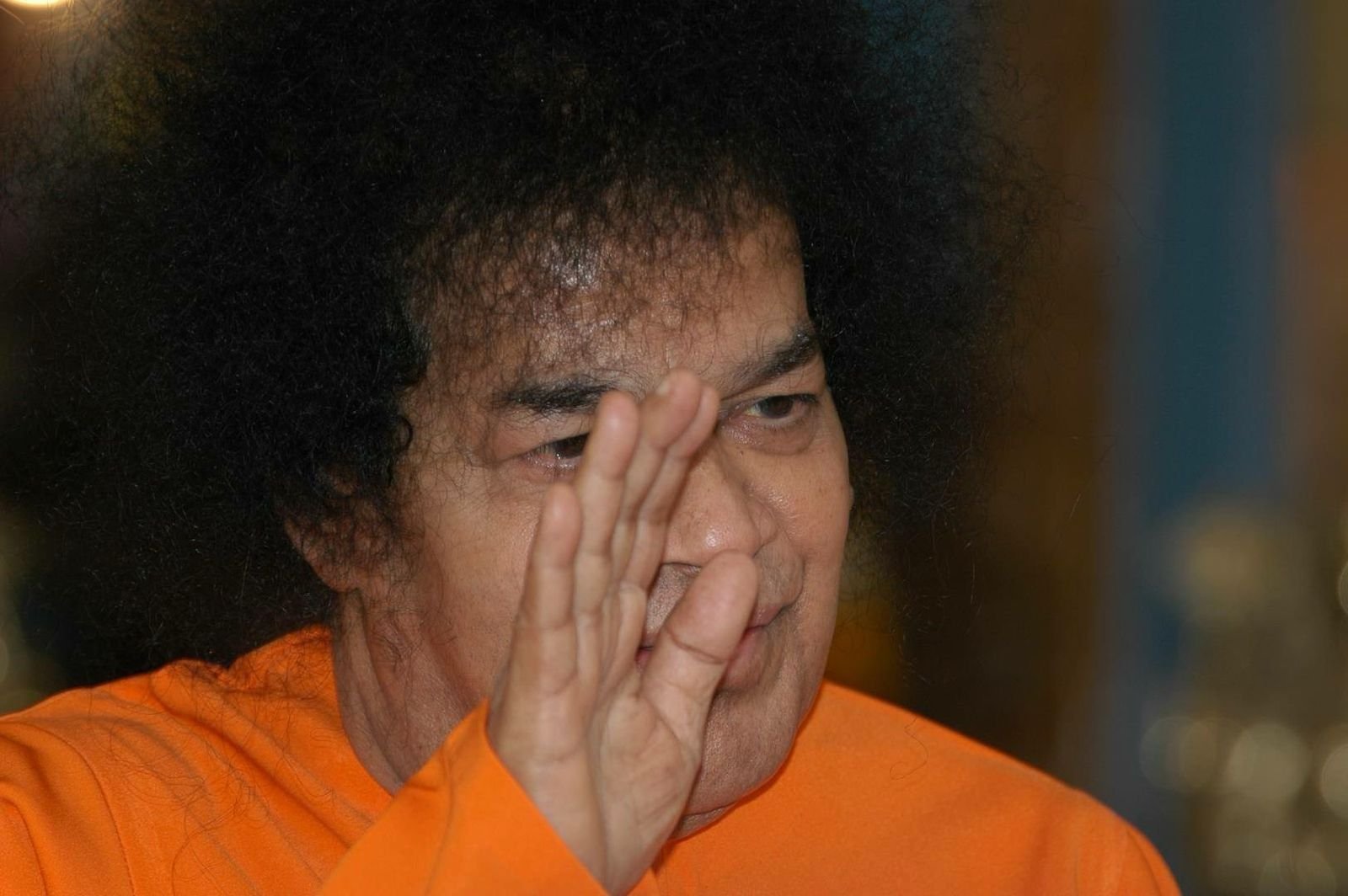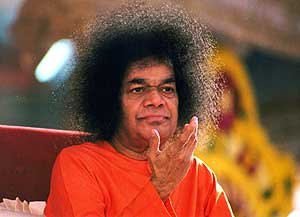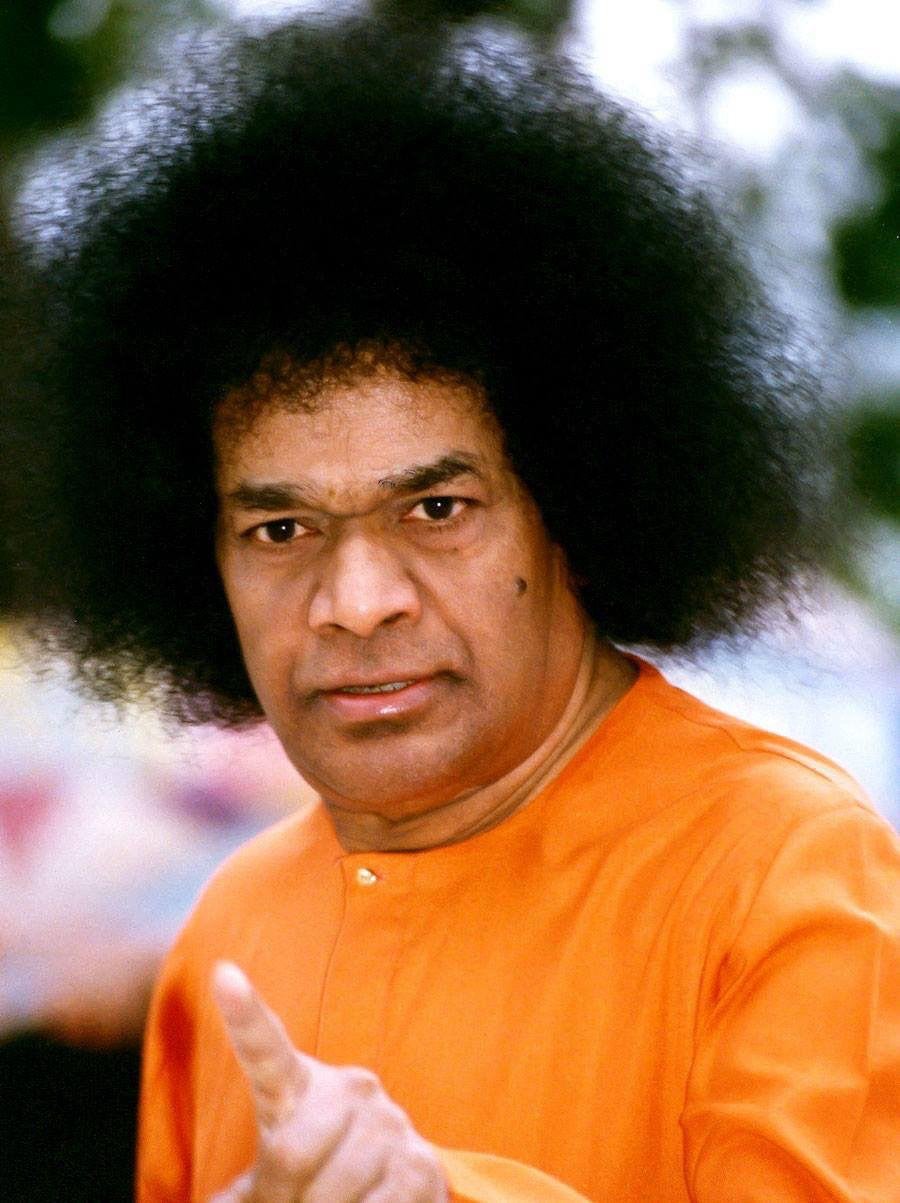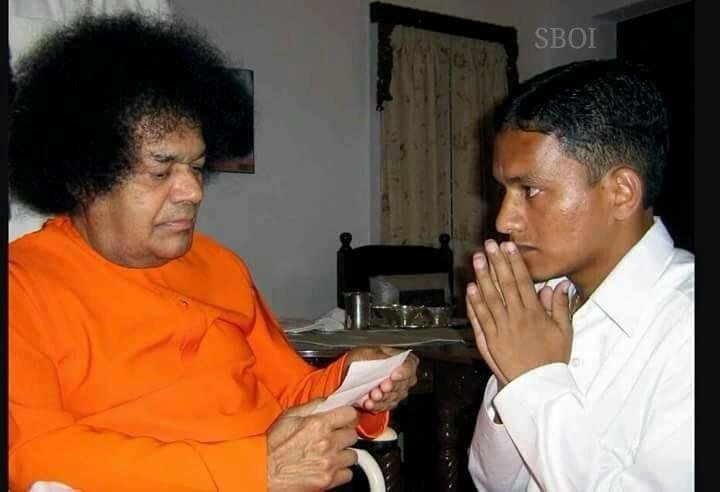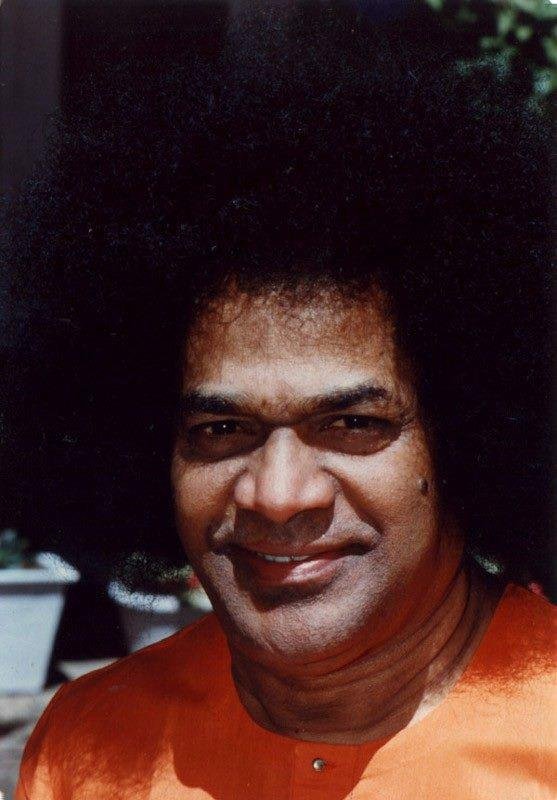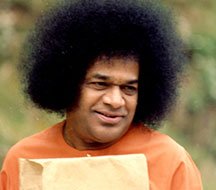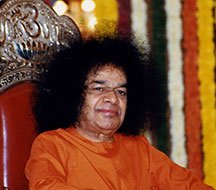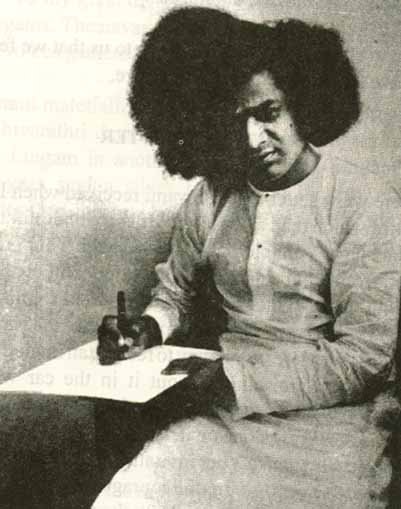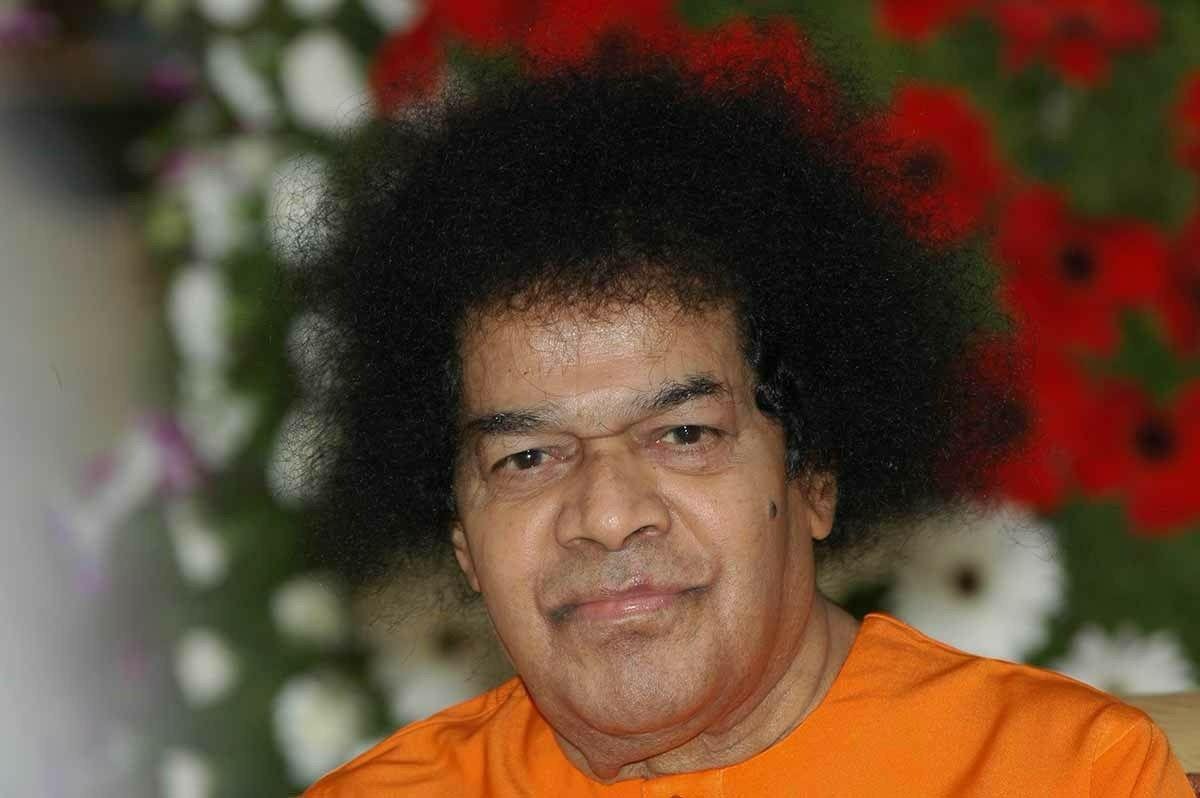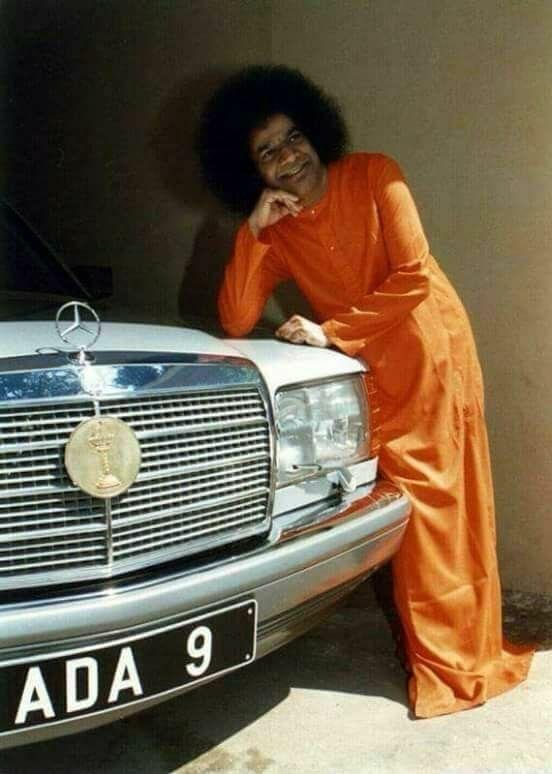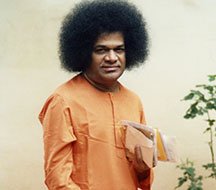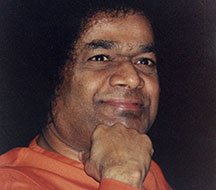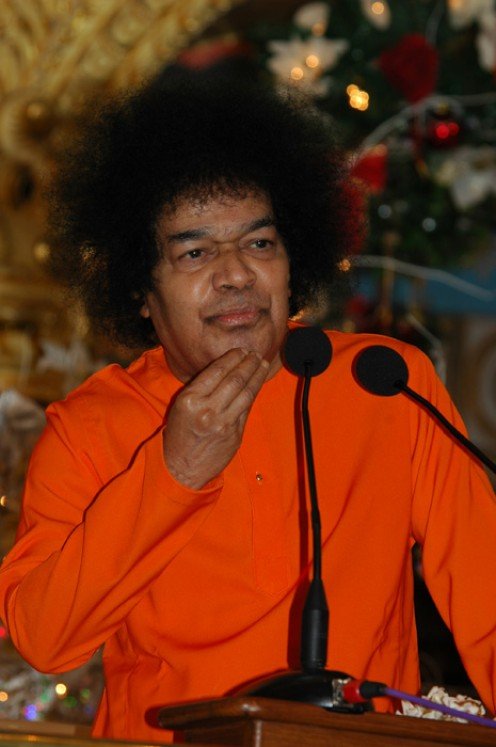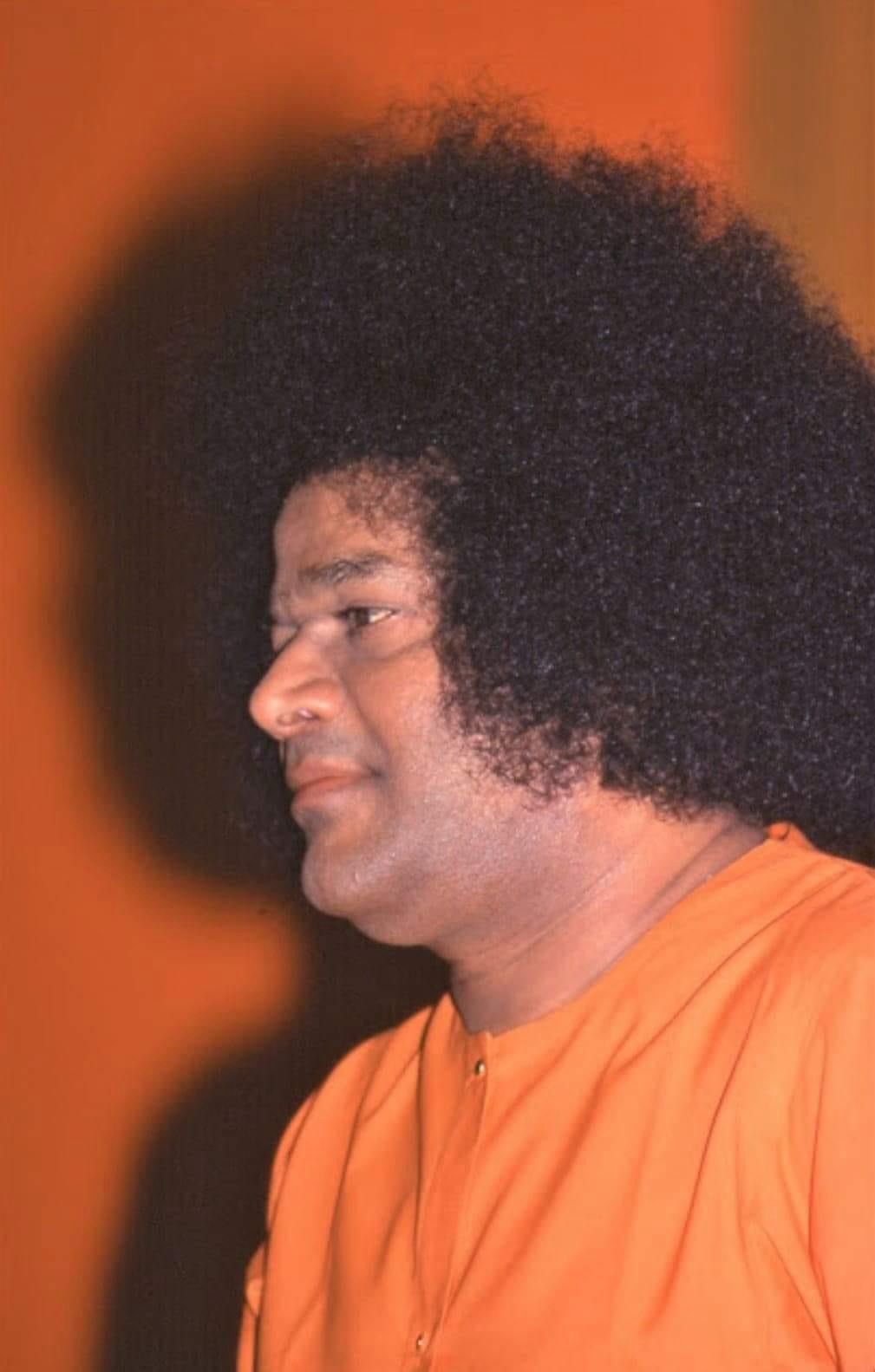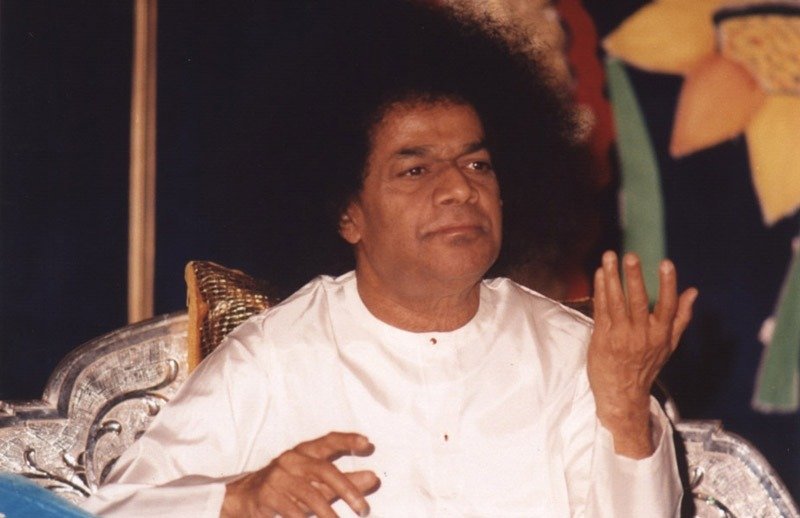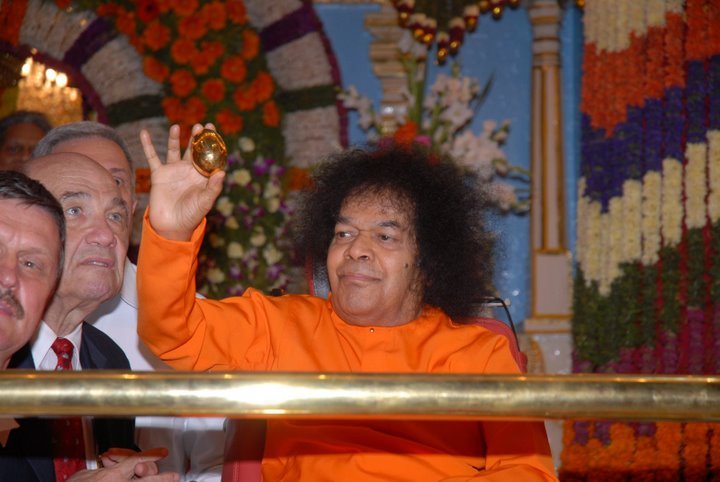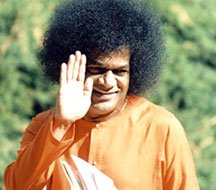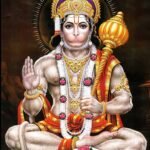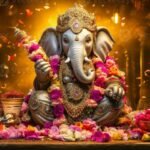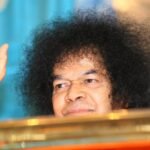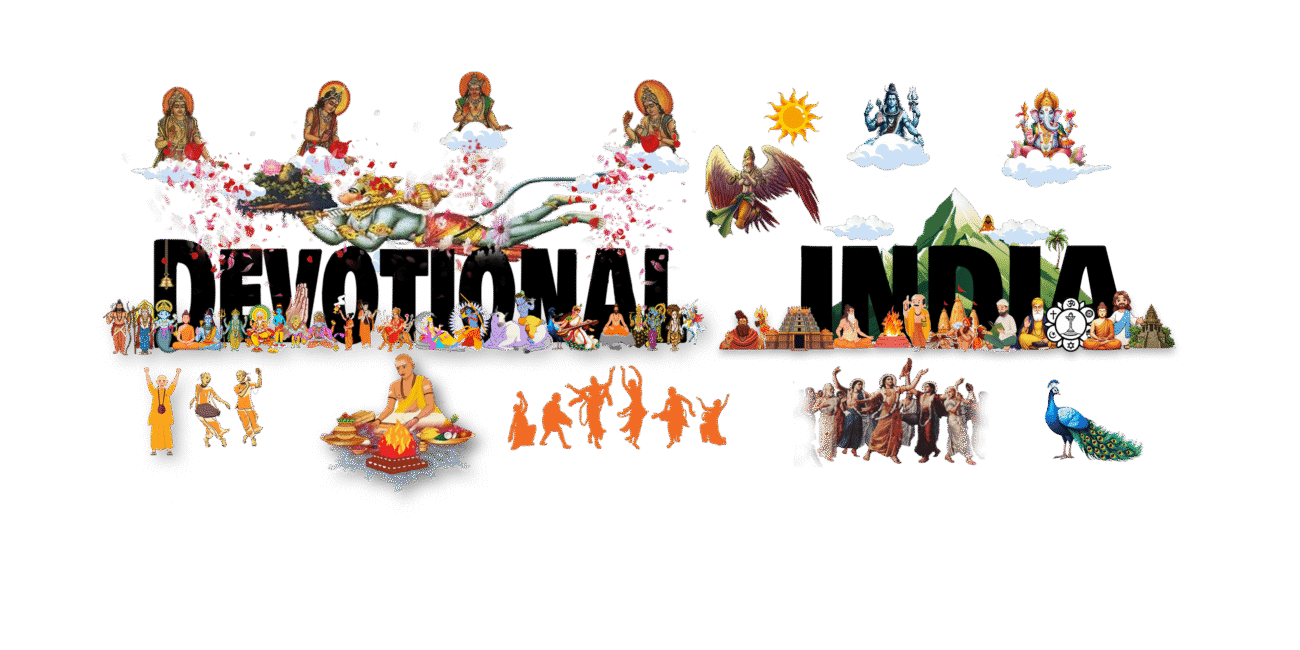Ramalinga Swamigal

Ramalinga Swamigal.
┬ĀArutprakasa Vallalar Chidambaram Ramalingam (5 October 1823 ŌĆō 30 January 1874), whose pre-monastic name was Ramalingam,┬Āis one of the most famous Tamil Saints.┬ĀHe is commonly known in India and across the world as Vallalar, Ramalinga Swamigal, or Ramalinga Adigal.┬ĀHe is also one of the greatest Tamil poets of the 19th century belonging to a line of Tamil saints known as ŌĆśgnana siddharsŌĆÖ (gnana meaning higher wisdom).
The┬ĀSamarasa Suddha Sanmarga Sathya Sangam┬Ā(The Unified Pure Path of Absolute Truth) was spread and passed on by him not only in theory but especially in practice by his way of living which is an inspiration for his followers. Through the notion of┬ĀSuddha Sanmarga Sangam┬Ā(pure path of absolute truth), the saint endeavored to eliminate the caste system.┬ĀAccording to Suddha Sanmarga, the prime aspects of human life should be love, connected with charity and divine practice, leading to pure knowledge.
Life History
Ramalingam was born as the fifth son of Ramayya Pillai and Chinnammai in the small village of Marudhur in Southern India. One day, when Ramayya Pillai was away from home, a saffron-clad saint came to their house. The guest was treated courteously and fed with good dishes. Pleased immensely with the courtesy given to him, the saint at the time of his departure, blessed Chinnammai with some sacred ash and uttered the following words, ŌĆśYou will beget a son, who will be able to deliver the art of deathlessness, which will be a boon to the entire world.ŌĆś So saying the saint disappeared. Soon Ramalingam was born, and when the child was five months old, the parents took him to Chidambaram temple to offer their grateful prayers. As usual, the priest lit the camphor and offered it to the Lord at the Sanctum Sanctorum. No sooner had the vision appeared, the child laughed loudly and gazed at it for a few seconds. This pleasant experience has been expressed in some of the poems edited by the saint subsequently.┬Āsant experience has been expressed in some of the poems edited by the saint subsequently.┬Ā circular chamber, likely served meditative practices and gatherings.
Unfortunately, only one month after this event, when Ramalingam was six months old, his father, Ramayya Pillai, passed away. Chinnamai was heartbroken and under swollen grief since she did not know what to do with no breadwinner in the family.

┬ĀThe young boy showed little interest in the formal education by his brother; instead, he used to go to the nearby temple of Lord Muruga, known as Kandakottam, and prayed to Lord Muruga to teach him the art of meditation.

Tradition and Gurus.
From age nine to twelve, for three years from 1832 to 1835, Ramalingam placed a mirror with a lamp in front of it in his room at Chennai and prayed to Lord Muruga to teach him how to meditate. Lord Muruga appeared through the mirror and taught him the path of Wisdom.
You taught me the Vedas
Your grace helped me to rise up.
You prevented me from going to unworthy Preceptors;
You took me as your disciple for a short period. ŌĆō 5B/40:4
As noted above, at the age of twelve, while playing with friends outside on the street, Lord Shiva appeared before him in the guise of a Saint and placed a garland around his neck. There are hundreds of poems in the Thiruvarutpa showing that Lord Shiva Himself was the Guru of Ramalingam
Due to immaturity of mind, Ramalingam had a lot of doubts while doing meditation. As he did not want to disturb Lord Shiva frequently, he asked for a guide to help him.┬ĀThen Lord Siva directed the Sages Thirugnana Sambandar [7th century AD] and Manikavasgar [9th century AD] to assist him. Both of them appeared in their subtle bodies before Ramalingan and talked with him.
I saw the heaven through you; I drank nectar through you;
At the age of thirty-five, Ramalingam left Chennai during the year 1858. First, he went to Chidambaram where he had a debate with Kodaganallur Sundara Swamigal. At the request of one Ramakrishna Reddiyar he went to his house at Karunguzhi and stayed there for nine years.┬ĀHe was very much against the caste system because of the adverse impacts it had on society.┬ĀTowards that end, he started the ŌĆśSamarasa Vedha Sanmarga SangamŌĆÖ in 1865.┬ĀIn 1872 it was renamed ŌĆśSamarasa Suddha Sanmarga Sathya Sangam,ŌĆÖ meaning ŌĆśSociety for pure truth in universal self-hood.ŌĆÖ
In 1867, he established a free food facility named ŌĆśThe Sathya Dharma SalaiŌĆÖ in Vadalur. There all people are served free food without any caste distinctions.┬ĀThe land for the facility was donated by kind, generous people, and those registered documents are available for seeing by the visitors. This free facility continues its service till the present time.┬Ā
Ramalingam intensely disliked people eating non-vegetarian foods, about which he said:
ŌĆśWhen I see men feeding on the coarse and vicious food of meat, it is an ever-recurring grief to me.ŌĆś
Entrance to the Sathya Gnana Sabha. The sign above it reads, ŌĆśOnly those who have renounced meat and murder should enter.ŌĆś
On 25 January 1872, Ramalingam opened the ŌĆśSathya Gnana SabhaŌĆÖ┬Ā(Hall of True Knowledge) at Vadalur.┬ĀOne of the primary teachings of Vallalar is ŌĆśService to Living Beings is the path of Liberation/ Moksha.ŌĆÖ┬ĀHe declared that death is not natural and that our lifeŌĆÖs priority should be to fight death.┬Ā He laid a very great emphasis on being vegetarian. He said God is ŌĆśArul Perum Jyothi,ŌĆÖ who is the personification of Grace or mercy and knowledge.┬ĀHe said the path of compassion and mercy is the only path to God.

Entrance to the Sathya Gnana Sabha. The sign above it reads, ŌĆśOnly those who have renounced meat and murder should enter.ŌĆś
e said that souls are blinded by seven veils. There are seven cotton fabric screens, representing the seven factors that prevent a soul from realising its true nature. The entire complex is bound by a chain with 21,600 links, said to represent 21,600 inhalations by a normal human being.
He said the intelligence we possess is Maya (illusory) intelligence which is not accurate and final intelligence. The path of final intelligence is┬ĀJeeva Karunyam┬Ā(Compassion for living beings).
Source: mydattatreya

